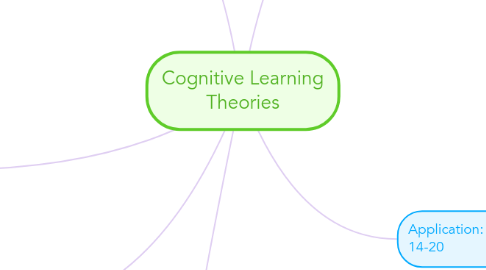
1. Shared understanding: Independent learning built on social environment and interactions with others in order to understand and apply concepts and ideas
1.1. Lizzette’s stance on cognitive development: It’s a combination of self-governed learning (i.e. homework, centers and reading, etc.) with the influence of an individual’s social environment such as, interacting with adults and peers.
1.2. Zach's stance on cognitive development: independent learning and direct teaching form the foundation of building and recreating schemes
1.3. Sarah's stance on cognitive development: the building blocks that humans need to learn and relate topics and ideas, including rules and social surroundings
2. Jean PIaget
2.1. Behaviorists have done learning experiments with children based on Piaget's Theory (Duckworth, 1979)
2.2. Children learn rules but do not know how or when to apply them (Duckworth, 1979).
2.3. Children build off of what they already know to learn new things. (Duckworth, 1979)
3. Lev Vygotsky
3.1. With the assistance of adults children are able to understand difficult ideas and complete complex tasks. (Ormrod, 2014)
3.2. Children complete difficult tasks by mimicking the intellectual processes of the adults/teachers that are helping them (Gredler, 2011)
4. Compare/Contrast
4.1. Compare
4.1.1. Piaget and Vygotsky both agree that children learned best from complex tasks that help challenge their abililties.
4.1.2. Vygotsky and Piaget describe how children learn.
4.2. Contrast
4.2.1. Vygotsky's ZPD focuses on school age children compared to Piaget's stages that begin at birth.
4.2.2. Piaget thought that language enhanced cognitive development while Vygotsky thought that language was essential for cognitive growth. (Ormrod, 2014)
5. Application: Age group 14-20
5.1. Piaget Application
5.1.1. Students understand number multiplication. They can solve 5 x 6 = 30, but now they see 5a = 30 and they must use logical steps to figure out that a= 6. The introduction of a non-number requires a different thought process.
5.2. Vygotsky Application
5.2.1. In teaching students the English language, the teacher will demonstrate and the student will mimic how to make sounds, mouth shape, and mannerisms in order to effectively communicate
